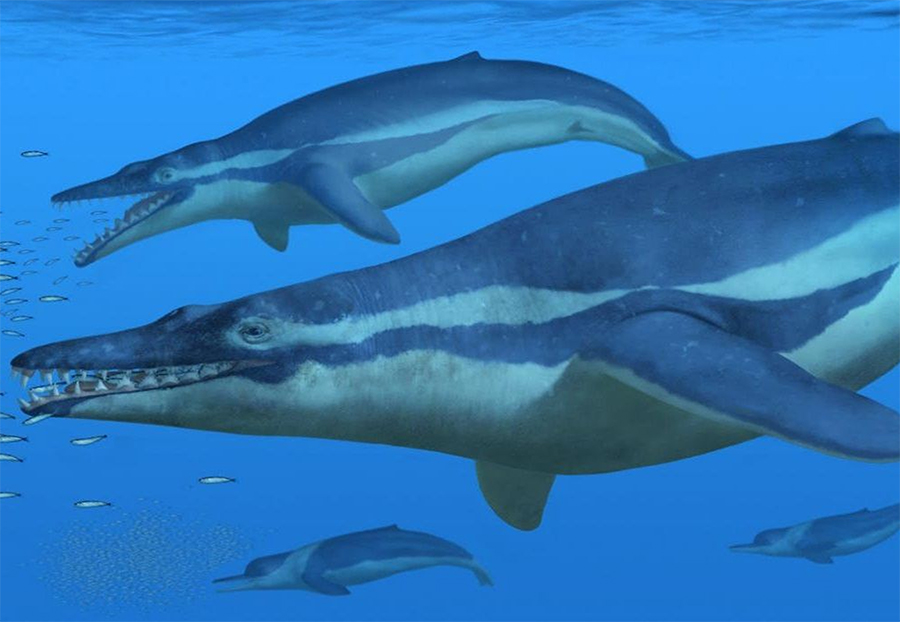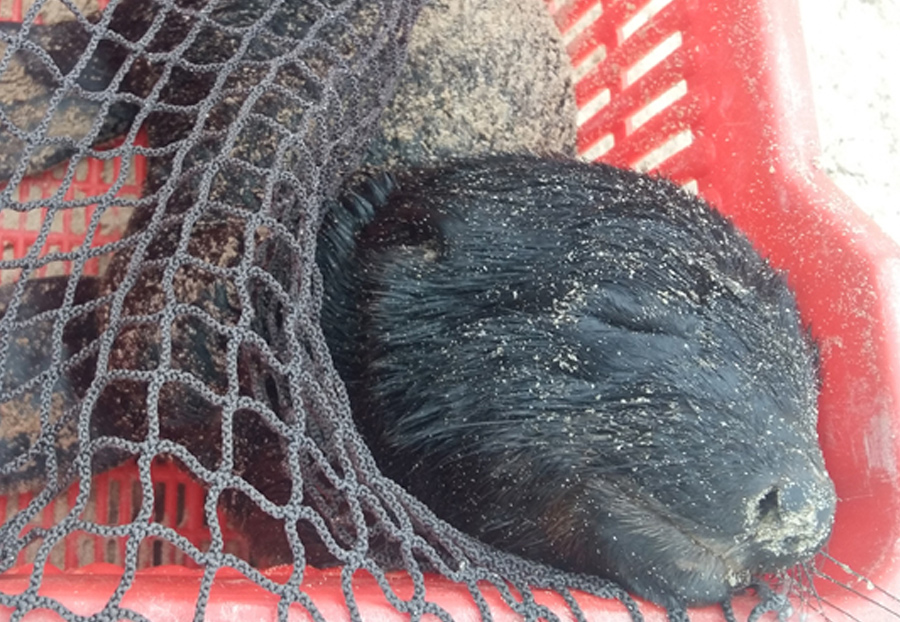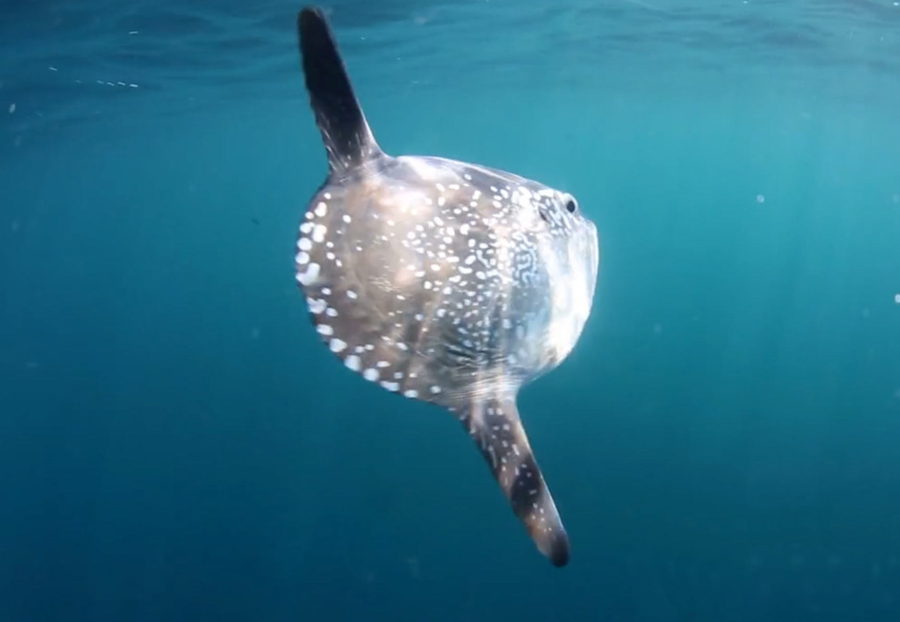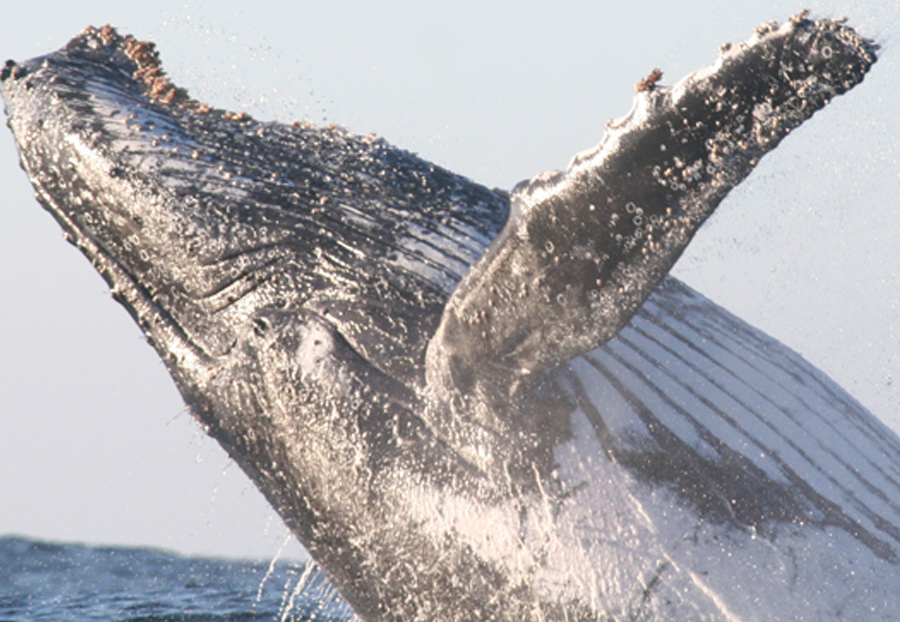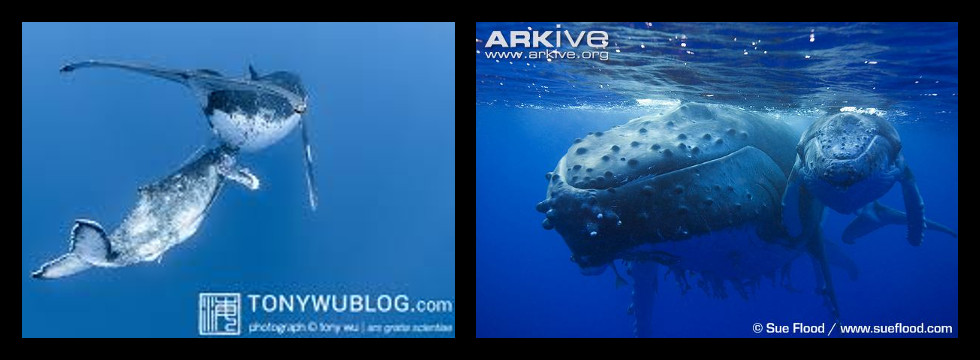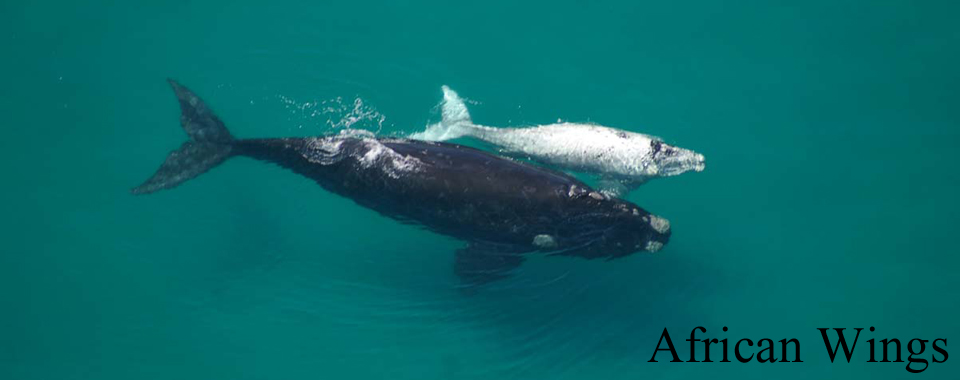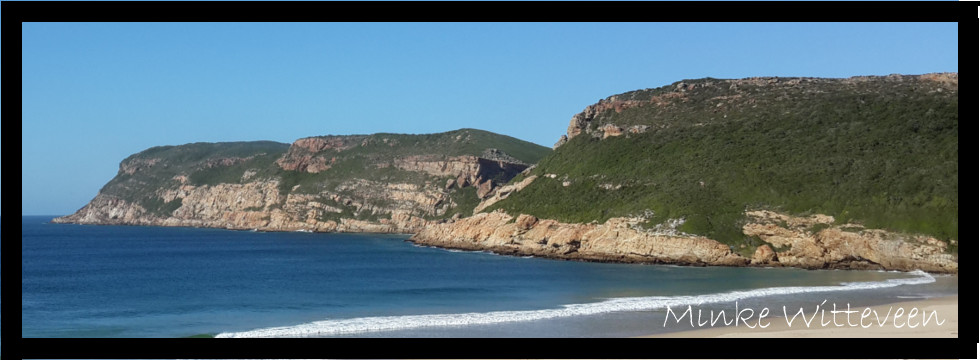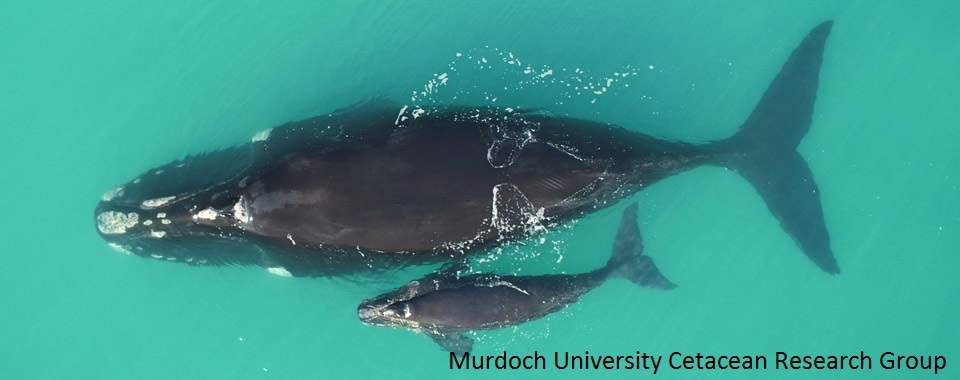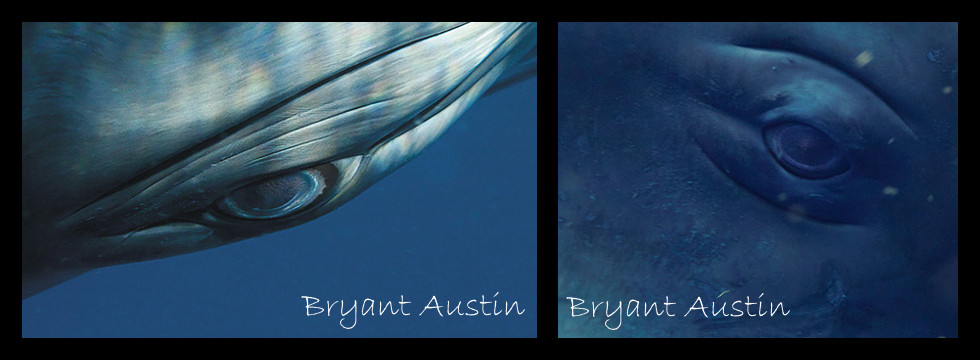Although all marine mammals evolved from land mammals, it may surprise some that each group of marine mammals has its own unique ancestry. There are three groups of marine mammals: the cetaceans (whales, dolphins and porpoises), the pinnipeds (fur seals, sea lions, walruses and seals) and the sirenians (dugongs and manatees). Through convergent evolution, each READ MORE
Cape Fur Seals Over the last few weeks, newborn Cape Fur seal (Arctocephalus pusillus pusillus) pups have been washing out on Robberg beach; most already dead, but a few lucky ones making it ashore alive. Cape fur seal pups are born between mid-November and the end of January. They are born with a black natal READ MORE
The Sunfish The largest bony fish in the world is the ocean sunfish Mola mola. These behemoths can grow up to a whopping 2.3 tons and 3.3 m! They are a very peculiar fish, and despite the size that this species can grow to, sunfish give the appearance of being half a fish – their READ MORE
The humpback whale (Megaptera novaeangliae) is one of the most well-studied species of baleen whale and occurs worldwide in all ocean basins. These whales are migratory and typically follow the usual baleen whale paradigm of moving between summer feeding grounds in high latitude regions and winter breeding grounds in low latitude regions. Different populations of READ MORE
Nursing underwater Whales and dolphins, being marine mammals, exhibit the typical characteristics of mammals: they’re warm-blooded, breathe air, have fur (although only a few hairs or for a limited time period), give birth to live young, and produce milk to feed their offspring. Calves of either whales or dolphins are able to swim shortly after READ MORE
Southern right whales are usually mostly black in colour and were often referred to as “black whales” by open-boat whalers. Most individuals also have a white blaze on their bellies, which can vary in size from a small spot to a large irregularly-shaped marking that may extend up the side of the animal and sometimes READ MORE
What does conservation mean? What does it mean to be conservation-minded, to have a conservation ethic, or to do conservation? Conservation, specifically with regards to the environment, is a word that has possibly become overused in the past years, and perhaps the meaning has become diluted. Traditionally conservation had to do with the preservation, protection, READ MORE
On Tuesday 3 October, the Mammal Research Institute’s Whale Unit started their annual southern right whale aerial survey which aims to monitor the population of right whales along the South African coastline. This survey has been carried out annually since the first survey in 1979, making this year the 39th consecutive annual right whale survey READ MORE
Anyone who has gone scuba diving knows the difficulties of underwater vision. Visibility can be affected by the turbidity of the water, and the deeper you get the less light penetrates and you slowly lose colours, and then light altogether. Depth perception also changes due to the refraction of light, and objects may closer or READ MORE
The Cape Fur seal (Arctocephalus pusillus pusillus) is the only pinniped resident to the South African coastline and breeds at 41 different sites between Baia dos Tigres in Angola and Algoa Bay in South Africa. Most of the colonies are situated on the west coast within the Benguela Current system, while only three are situated READ MORE


